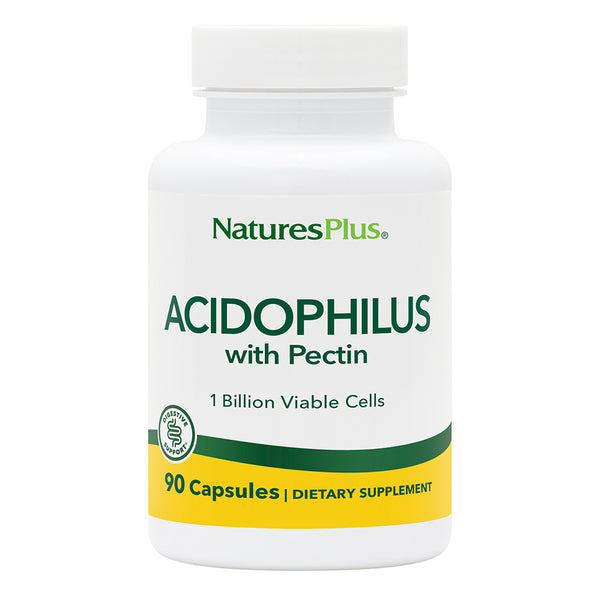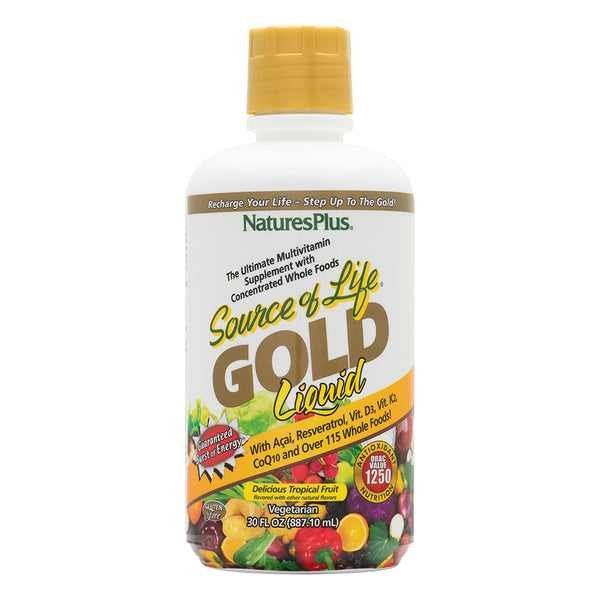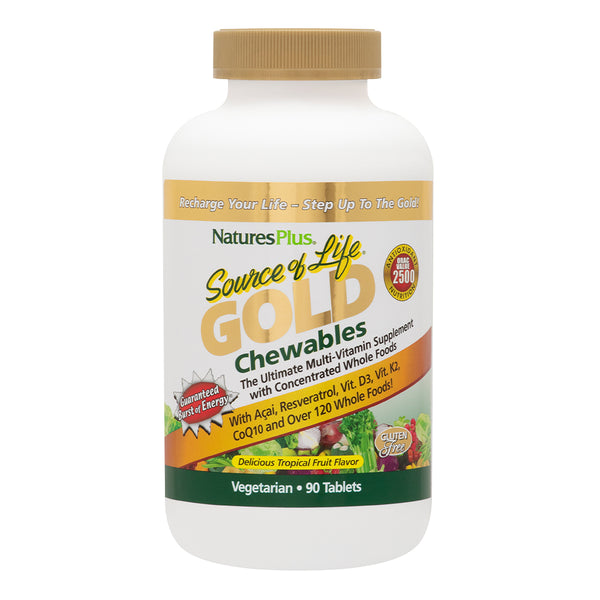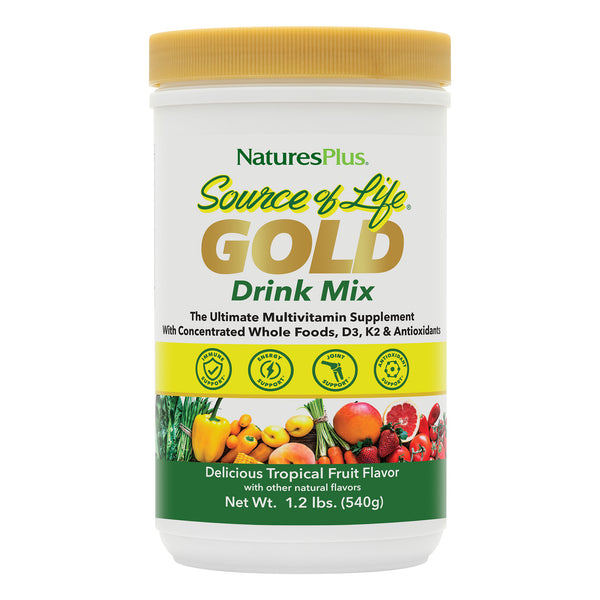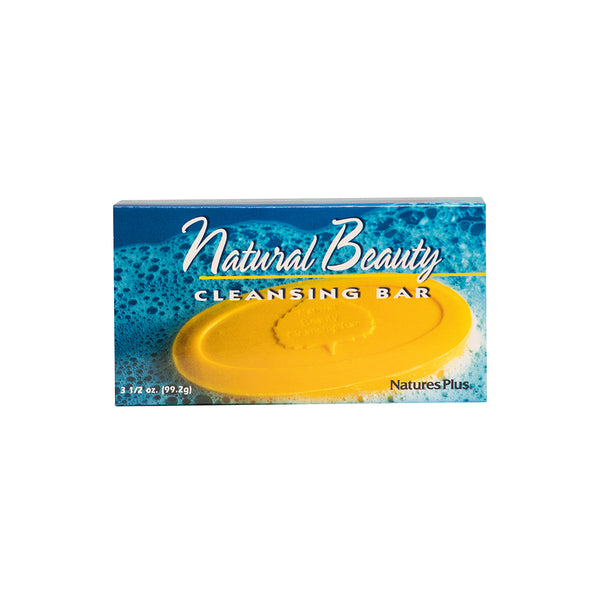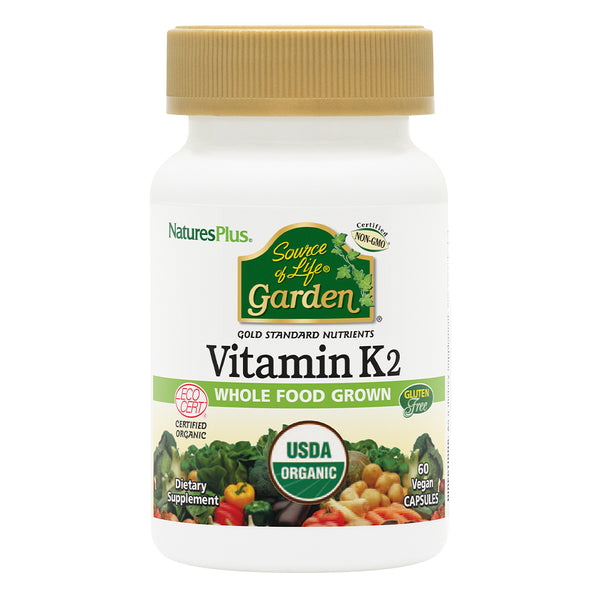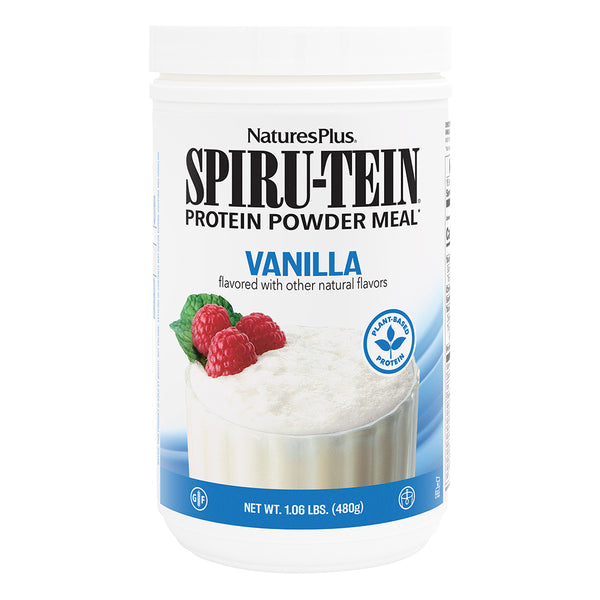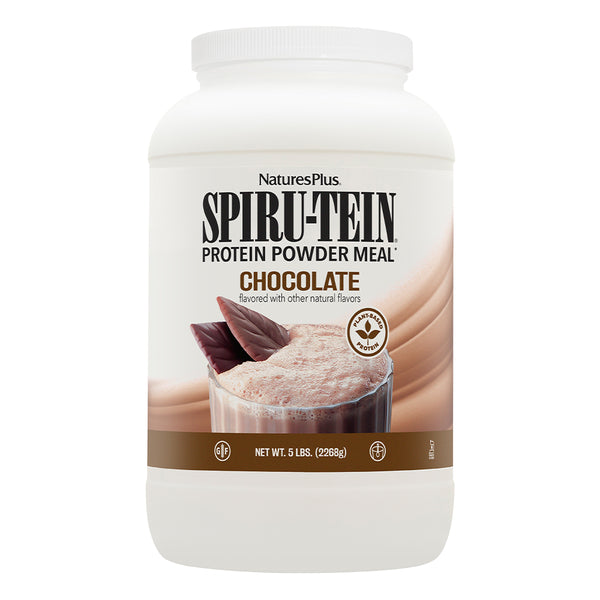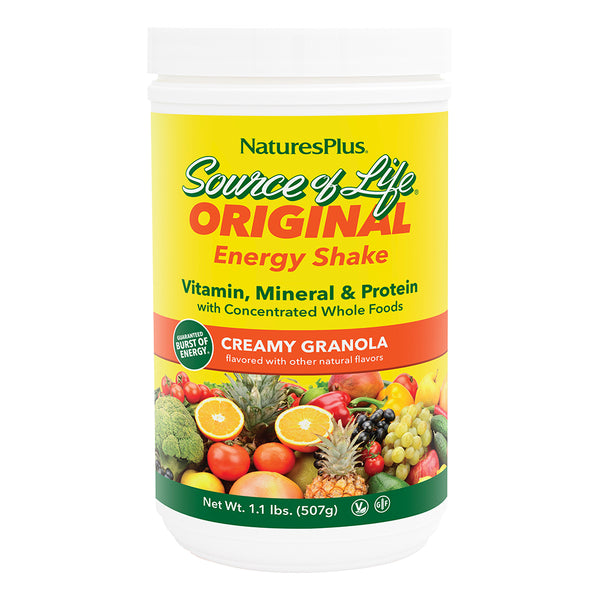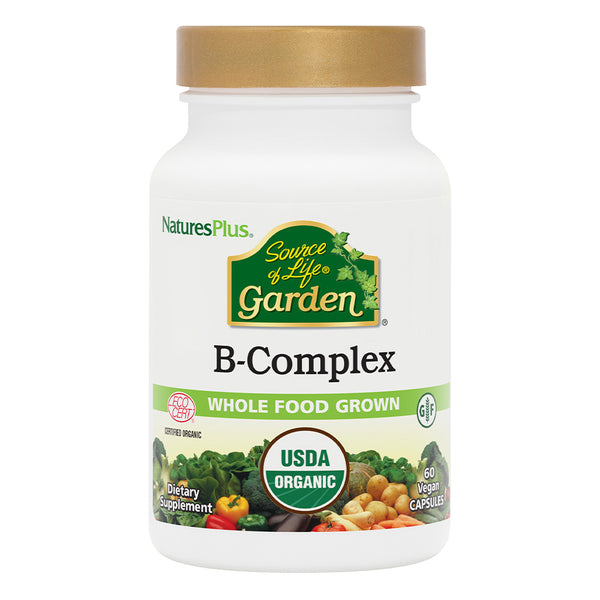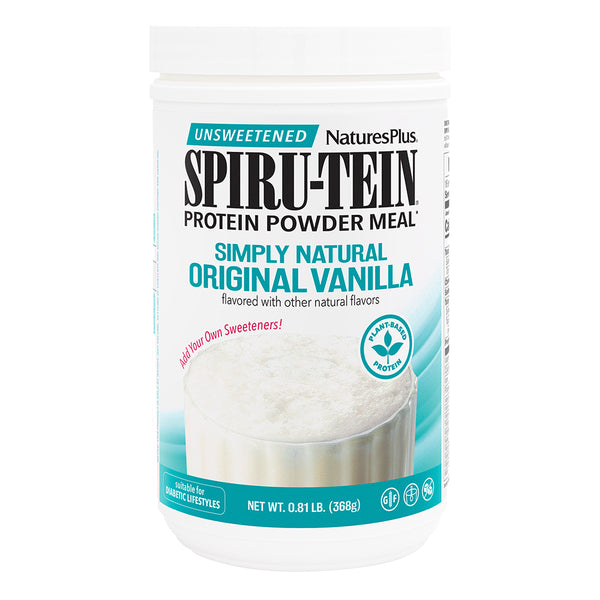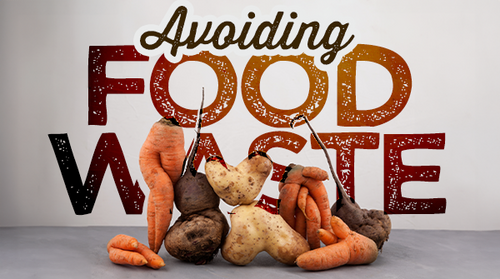If you need to cut your sodium intake, cooking with new flavors may be your best bet.
“We often tell people to take things away from their diet, but I prefer to emphasize adding things, in this case herbs and spices,” says dietitian Gavin Pritchard, RD. The difference? Spices are generally used in dried form; herbs, fresh.
To start, go through your spice cabinet and toss anything that’s more than six months old (dust on the cap or can top is a good indicator that a spice needs to go).
Spice Flavor Families
Selecting spices for your new-look pantry can feel a little overwhelming simply because there are so many. It gets easier once you realize that these flavors can be grouped into families.
Spices fall into five classifications:
Sweet—Best known as the stars of the dessert table, these spices complement savory foods as well. Among them are:
- Allspice, which goes well with tomatoes
- Cinnamon, used whole to infuse liquids with flavor and in ground form for mixing with other dry ingredients
- Nutmeg, a great addition to root vegetables and winter squash
Pungent—These nose-tickling spices should be used sparingly:
- Cardamom, a popular curry spice
- Cloves, which warm stewed fruit and mulled wine
- Cumin, tasty in vegetable casseroles and lamb dishes
- Ginger, one of the few spices used both dried and fresh
Tangy—The sourness of these spices helps balance out other flavors, especially sweet. This group includes:
- Black lime, sun-dried whole lime that pairs well with chicken and seafood
- Tamarind, often used in tropical cuisines
Hot—These are the spices you add when you want to turn up the heat; use them judiciously:
- Chili, the best known of the bunch
- Horseradish, another spice used in fresh form to complement cold meats
- Mustard, the whole seeds of which can enliven steamed vegetables and are fried in oil when making curry (cover the pan or you’ll be sweeping them up from all over the kitchen)
Amalgamating—Don’t let the relative mildness of these spices fool you. They are crucial ingredients in spice blends, where they help pull all the more strident flavors together into one enjoyable taste:
- Coriander, which is usually toasted and ground before using; the leaf of this plant is the fresh herb known as cilantro
- Fennel seed, which imparts a licorice-like flavor to soups, stews, breads and salads
- Paprika, the perfect accompaniment to meat and eggs that can also tone down powdered chili
- Turmeric, a prime ingredient in spice blends from Morocco to India to Malaysia
Herb Flavor Families
Like spices, herbs have their own flavor groupings:
Mild—This group includes:
- Borage, a cucumber-scented herb best sprinkled on salads or mixed with cream cheese (cut the hairy leaves finely for the best texture)
- Chervil, which subtly enhances the taste of other herbs
- Parsley, the most commonly used item in this category; available in flat- and curly-leaf varieties
Medium—Among the more popular herbs in this category are:
- Balm, which lends a lemon-mint flavor to poultry and fish
- Chives, a mildly oniony herb best known for topping potatoes that’s also good in egg recipes and white sauces
Strong—These robust herbs include:
- Basil, a favorite in both Italian and Thai cuisines
- Dill, a good match for chicken, seafood and vegetables
- Mint, especially spearmint, as an accompaniment to not only lamb but chicken and pork as well
- Tarragon, a French cooking favorite
Pungent—This punchy family includes:
- Bay leaf, best used in such long-cooking recipes as soups, stews and casseroles
- Garlic, used in cuisines around the world and famous for its healthful effects
- Oregano, best known for its use in Italian cooking
- Rosemary, a natural in meat dishes and casseroles
- Sage, found in many bean recipes
- Thyme, which enhances the flavor of tomato and potato dishes
Buying and Using Spices and Herbs
When shopping for spices, “never buy cardboard, cellophane or low-barrier plastic packs,” warns Australian spice expert Ian Hemphill, author of The Spice and Herb Bible (Robert Rose). Jars are better, but he recommends high-barrier zip-packs: “You can squeeze the air out of these packs before resealing.” Buy whole spices like cardamom or peppercorns and grind them in an inexpensive coffee grinder as needed.
Store spices in the pantry, away from heat and light. Pritchard says curry powders and spice blends, especially those with any kind of pepper, will retain potency longer if refrigerated.
Hemphill suggests starting with “a small selection of spices that have many applications, such as coriander seed, paprika, cumin, allspice, turmeric, cardamom and cinnamon.”
Then move onto blends; Hemphill recommends using amalgamating spices and mild herbs as the base followed by, in increasingly smaller amounts, sweet spices and medium herbs, tangy spices and strong herbs, and pungent members of both groups, capped off by smidgens of hot spices. Prepackaged blends are another option; buy small amounts to see which blends work best in your favorite dishes.
When shopping for fresh herbs, look for bright foliage that isn’t limp or yellow and stems that are crisp. If you place the stem ends in a cup of water and cover the leaves with a clean plastic bag they should last about a week in the fridge (change the water every couple of days).
To use herbs and spices as salt substitutes, cut back on the amount of salt you cook with until you don’t use any at all. Experts advise cooks new to these ingredients to start out using one-quarter teaspoon of one or two spices for every two-person helping; for fresh herbs, increase that amount fourfold. Add dried herbs early in the cooking process, fresh at the end of the cooking cycle.
Different flavors have an affinity for different proteins:
- For beef, try bay leaf, marjoram, nutmeg, onion, pepper, sage or thyme.
- Season lamb with curry powder, garlic, rosemary or mint.
- Good pork spices include garlic, onion, sage, pepper and oregano.
- For chicken, try ginger, marjoram, oregano, paprika, poultry seasoning, rosemary, sage, tarragon or thyme.
- Flavor fish with curry powder, dill, dry mustard, marjoram, paprika or pepper.
Vegetables can also use a flavor boost:
- For carrots add cinnamon, cloves, dill, ginger, marjoram, nutmeg, rosemary or sage.
- Flavor corn with cumin, curry powder, onion, paprika or parsley.
- Enhance green beans with dill, curry powder, marjoram, oregano, tarragon or thyme.
- Sprinkle potatoes with dill, garlic, onion, paprika, parsley or sage.
- Use cinnamon, ginger or nutmeg to give a flavor burst to winter squash.
Like this article? You’ll love our weekly newsletter
sign up here!
**These statements have not been evaluated by the Food and Drug Administration. This product is not intended to diagnose, treat, cure or prevent any disease.
